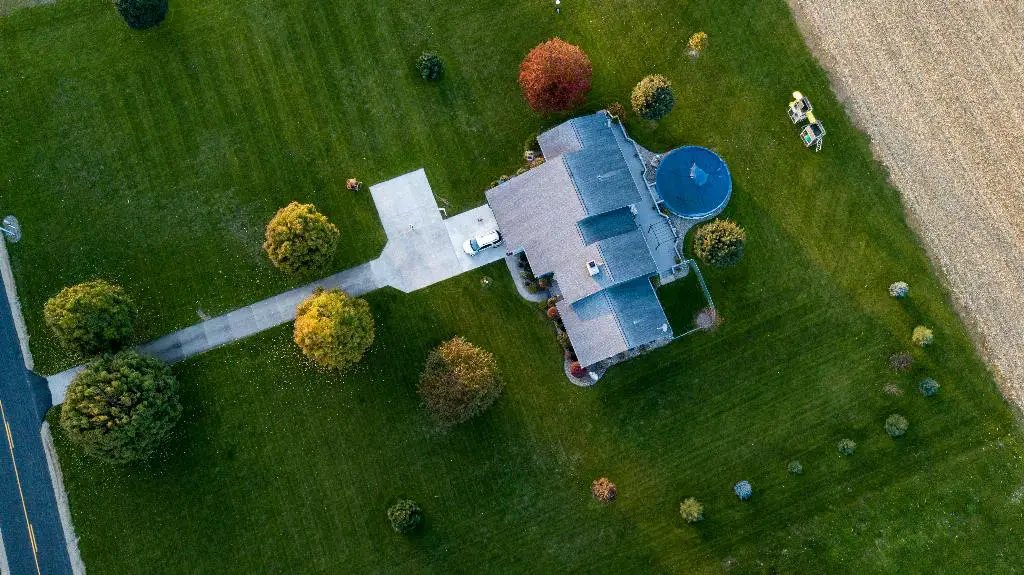When it comes to maintaining a healthy, lush lawn, dethatching plays a crucial role in promoting optimal growth and preventing issues such as thatch buildup. However, the timing of when to dethatch your lawn can significantly impact the overall results of this process. In this guide, we will delve into the best practices for determining the ideal time to dethatch your lawn, taking into account various factors such as grass variety and regional differences.
Understanding the Optimal Timing for Dethatching
Timing is everything when it comes to dethatching your lawn. The ideal time to dethatch largely depends on the type of grass you have and the region in which you reside. For those in northern regions, late summer or early fall, just before the grass enters its dormant phase, is considered an optimal time to dethatch. Conversely, individuals in southern regions may find that late spring is the most suitable time to undertake this task.
Factors to Consider When Determining the Timing
Several key factors should be taken into consideration when deciding when to dethatch your lawn. First and foremost, it is essential to assess the current condition of your lawn and determine the level of thatch buildup present. If your lawn is showing signs of excessive thatch, such as sponginess or poor water penetration, it may be time to dethatch.
Determining Thatch Thickness and Grass Health
The thickness of the thatch layer and the overall health of your grass are crucial indicators of when to dethatch. It is recommended to dethatch when the thatch layer exceeds half an inch in thickness, as anything beyond this can impede the penetration of essential nutrients and water to the grassroots. Additionally, if your grass is actively growing and in good health, it is more likely to recover swiftly from the dethatching process.
Tools and Techniques for Dethatching
When it comes to dethatching your lawn, there are several tools and techniques you can utilize to achieve the best results. For small areas or light thatch buildup, a hand dethatching rake can be effective in removing excess thatch. However, for larger areas or more substantial thatch layers, a power dethatcher or vertical mower may be necessary to thoroughly dethatch the lawn.
Post-Dethatching Care and Recovery
After dethatching your lawn, it is crucial to provide proper care and maintenance to promote quick recovery and healthy regrowth. Watering the lawn deeply and infrequently, as well as fertilizing with a high-quality lawn fertilizer, can aid in the recovery process. Additionally, avoiding heavy foot traffic on the lawn immediately after dethatching is recommended to prevent further stress on the grass.
Final Thoughts
In conclusion, determining the right time to dethatch your lawn is essential for maintaining a healthy and vibrant lawn. By considering factors such as grass variety, regional differences, and the overall health of your lawn, you can ensure that the dethatching process is carried out effectively and at the optimal time. Remember to assess the condition of your lawn, choose the right tools for the job, and provide proper post-dethatching care to set the stage for a beautiful, lush lawn.

